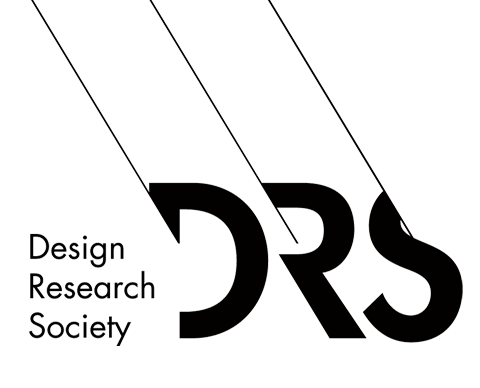Abstract
A “Community of Practice” is defined as a spontaneously formed group that has common goals and discusses how to solve them. This paper presents an exploratory research on how to assist these groups through a design method. In this research, we applied a design-synthesized method named KIT DESIGN (ROSSETTO, 2013) to a group of cyclists in Porto Alegre, Southern Brazil. This group was chosen because it is part of a worldwide movement that has been dealing with contemporary mobility culture problems in cities where mobility needs to be rethought in terms of more sustainable practices. During the research some valid aspects as well as some difficulties of the design method application were found. Lastly we suggest the need for future research into ways to promote a better approach for Communities of Practice to help solve everyday problems through a design method.
Keywords
Cultural Innovation; Strategic Design; Sustainability; Communities Of Practice.
Citation
Rossetto, L., and Scaletsky, C. (2014) Sustainable Strategies Through Design in Communities of Practice, in Lim, Y., Niedderer, K., Redström, J., Stolterman, E. and Valtonen, A. (eds.), Design's Big Debates - DRS International Conference 2014, 16-19 June, Umeå, Sweden. https://dl.designresearchsociety.org/drs-conference-papers/drs2014/researchpapers/45
Sustainable Strategies Through Design in Communities of Practice
A “Community of Practice” is defined as a spontaneously formed group that has common goals and discusses how to solve them. This paper presents an exploratory research on how to assist these groups through a design method. In this research, we applied a design-synthesized method named KIT DESIGN (ROSSETTO, 2013) to a group of cyclists in Porto Alegre, Southern Brazil. This group was chosen because it is part of a worldwide movement that has been dealing with contemporary mobility culture problems in cities where mobility needs to be rethought in terms of more sustainable practices. During the research some valid aspects as well as some difficulties of the design method application were found. Lastly we suggest the need for future research into ways to promote a better approach for Communities of Practice to help solve everyday problems through a design method.

